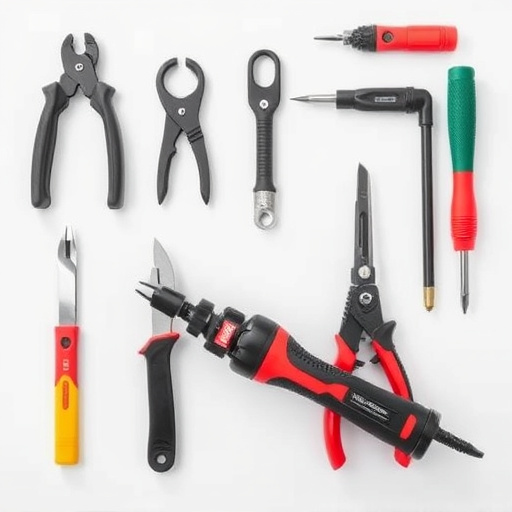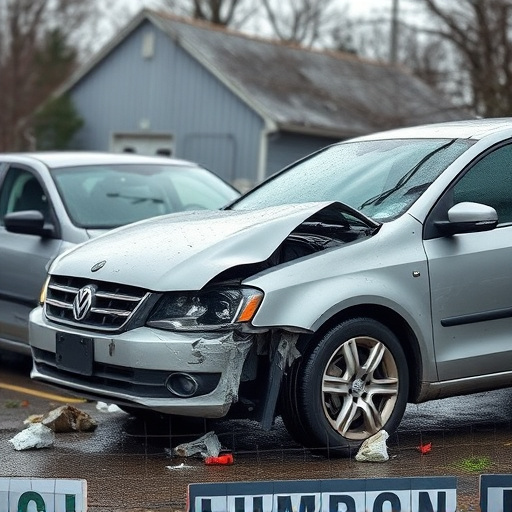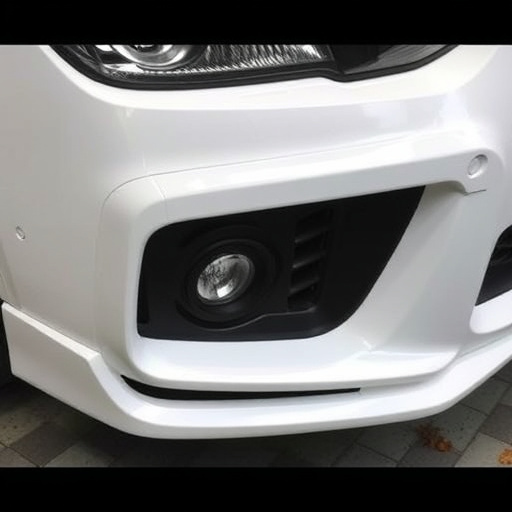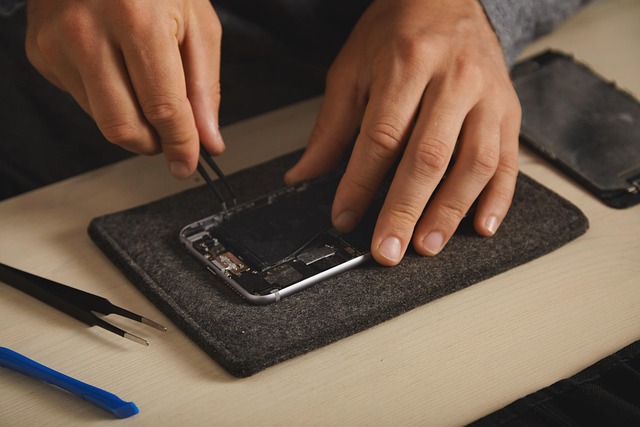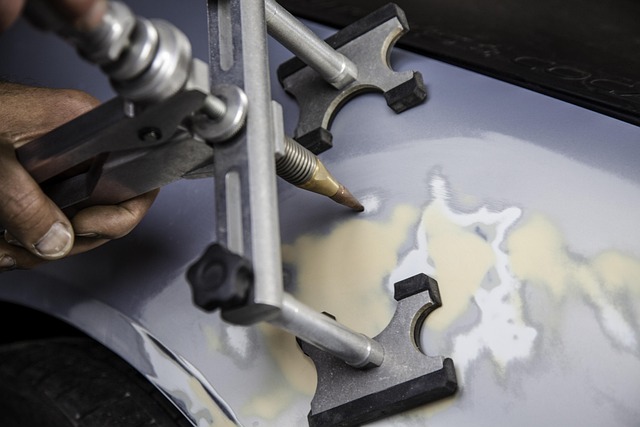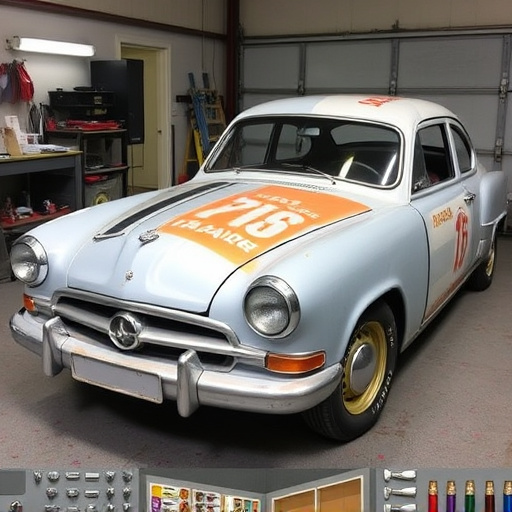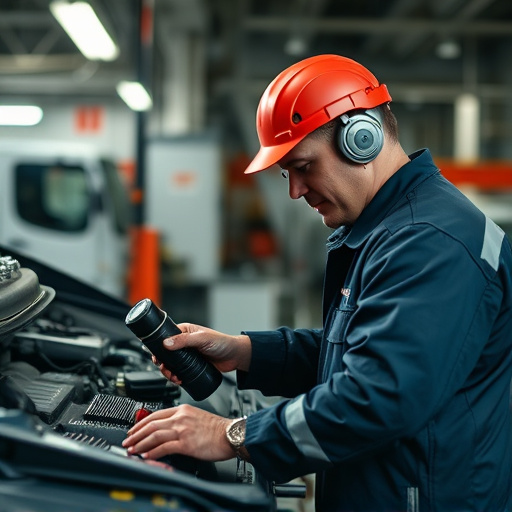ADAS recalibration glass revolutionizes vehicle safety and insurance claims by integrating sensors and cameras to maintain precise functioning of critical Advanced Driver Assistance Systems (ADAS) features after collisions or comprehensive repairs, ensuring accuracy, reliability, and cost-effective processing for auto body shops, insurers, and policyholders in today's digital automotive landscape.
In today’s automotive landscape, Advanced Driver Assistance Systems (ADAS) play a pivotal role in safety. One critical component often overlooked is ADAS recalibration glass, which ensures these systems function optimally. This article explores the significance of this technology in insurance claims, highlighting its preventive and cost-saving benefits. We’ll delve into how experts ensure accurate recalibration, underscoring the importance of their expertise in mitigating risks and reducing claims costs associated with ADAS malfunctions.
- Understanding ADAS Recalibration Glass in Car Technology
- Impact on Insurance Claims: Prevention and Cost Savings
- Ensuring Accuracy: The Role of Experts in Recalibration Process
Understanding ADAS Recalibration Glass in Car Technology

Advanced Driver Assistance Systems (ADAS) Recalibration Glass is a cutting-edge technology designed to enhance vehicle safety and play a pivotal role in insurance claims processes, especially in the realm of auto body repairs. This innovative glass is equipped with sensors and cameras that work in tandem to ensure the precise functioning of ADAS features like lane departure warning, adaptive cruise control, and automatic emergency braking. In the event of a collision or during comprehensive car body restoration, recalibration becomes necessary to maintain the system’s accuracy and reliability.
Automotive body shops often rely on this specialized glass during repairs to restore the vehicle’s safety systems to their optimal state. The process involves re-calibrating the sensors and cameras, ensuring they provide accurate data for ADAS functionality. This is particularly crucial in today’s digital era, where integrated automotive systems are becoming increasingly complex. By utilizing ADAS recalibration glass, professionals can effectively manage insurance claims related to auto body repairs, ensuring vehicle safety and customer satisfaction.
Impact on Insurance Claims: Prevention and Cost Savings

The implementation of ADAS recalibration glass is significantly impacting insurance claims processes and outcomes. By ensuring that advanced driver-assistance systems (ADAS) are accurately calibrated after repairs, especially in cases involving complex sensor technology, this specialized glass plays a crucial role in preventing false claims and mitigating costs. When a vehicle sustains damage, traditional auto repair services often require recalibration of ADAS components like cameras, radars, and lidars to ensure they function optimally and safely. Without this recalibration, insurance companies might face challenges in verifying the operational integrity of these systems, potentially leading to inflated or inaccurate claims.
Moreover, ADAS recalibration glass contributes to cost savings for both insurers and policyholders. By minimizing the need for extensive diagnostic tests and reducing instances of claim disputes, it streamlines the settlement process. For vehicle body shops offering paintless dent repair services, this technology enables more efficient work, as sensors must be aligned precisely to guarantee the effectiveness of ADAS features. In turn, policyholders benefit from quicker repairs and reduced deductibles, fostering a sense of trust in the insurance claims process.
Ensuring Accuracy: The Role of Experts in Recalibration Process

Maintaining the accuracy of Advanced Driver Assistance Systems (ADAS) is paramount for both safety and insurance claims processing. When an accident occurs involving a vehicle equipped with ADAS, proper recalibration of sensors becomes crucial. The process requires specialized expertise to ensure the glass components are precisely aligned and calibrated, mimicking the real-world driving conditions in which the systems were designed to operate.
Experts in ADAS recalibration possess the knowledge and tools to assess damage, correctly replace or repair any faulty parts, and re-program the system to function optimally. Their involvement is essential to prevent inaccurate readings that could lead to misdiagnosed claims or unfair settlements. By ensuring the integrity of ADAS data, these professionals contribute significantly to fair insurance practices, ultimately benefiting both policyholders and insurers in the event of a collision involving vehicles equipped with cutting-edge safety features like ADAS recalibration glass.
ADAS recalibration glass is a game-changer in both car technology and insurance claims. By understanding its role in preventing sensor errors, insurance providers can significantly reduce costly false claims and enhance overall safety on the road. Expert intervention in the recalibration process ensures accuracy, underscoring the importance of this technology in today’s digital era. Insurers that adopt ADAS recalibration glass as a standard practice will not only save on claims but also contribute to a more reliable and secure driving experience for all.


